How & When to Plant Cucumbers: 8 Easy Tips
-
Pete Ortiz
- Last updated:
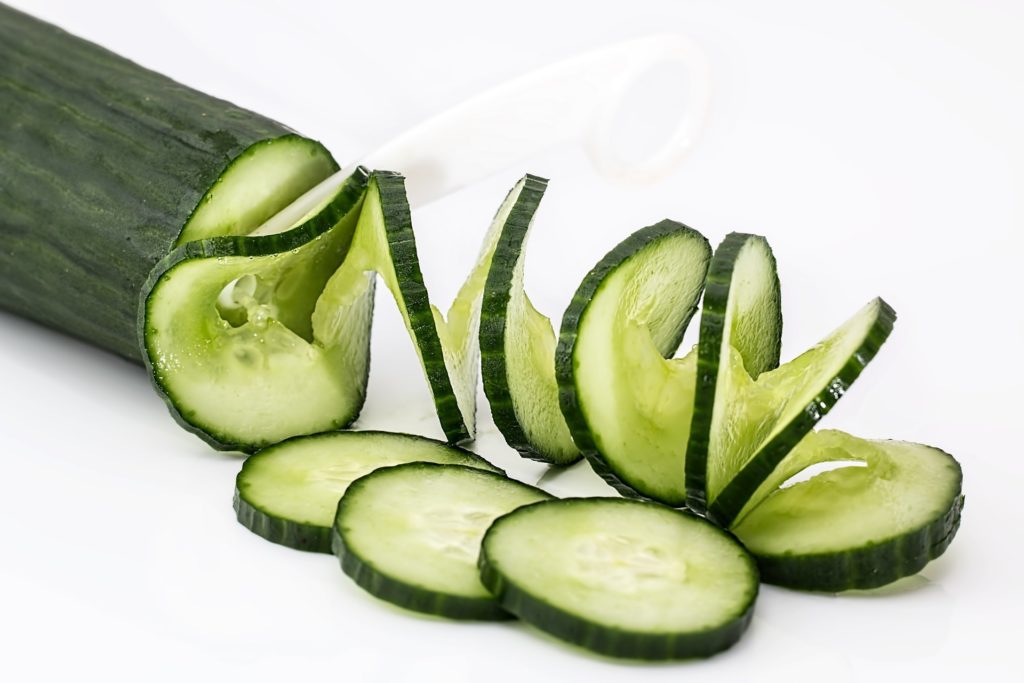
There’s very little not to like about cucumbers. First, they are delicious and can breathe new life into old recipes. Second, they’re quite nutritious and low in calories. That makes them a perfect food for when you’re on a diet or just trying to eat healthily. So, why not try to grow them in your garden? You won’t have to buy any expensive fertilizer products or anything like that.
But wait—what’s the right time for planting these lovely vegetables? How much water do cucumbers need to grow and thrive? Are they cold-resistant, or not? How long will you have to wait to harvest the fruit? You’ll learn all the answers in this step-by-step guide! We’ll start by finding the perfect spot, sowing the seeds, and go from there!
| Botanical Name | Cucumis sativus |
| Soil Type | Well-drained, sandy, loamy, clay, moist, organically rich |
| Soil PH | 6.0–6.5 (slightly acidic) |
| Sun Exposure | Full sunlight (5–8 hours a day) |
| Watering Requirements | Moderate (1–3 times a week) |
| Temperature | 65–75º Fahrenheit |
| Hardiness Zone | 4–12 USDA |
| Days to harvest | 50–70 days from planting |
How and When to Plant Cucumbers
This depends on the city/state that you live in. If it’s a mild-climate area, the best time for planting cucumbers will be April–June. However, if you live in a city with a tropical climate (with above-average temperatures), then we’d recommend sowing the seeds in mid-March. You could even do this as early as late February. It all depends on the temperature and the risk of frost. Let’s talk about that next.
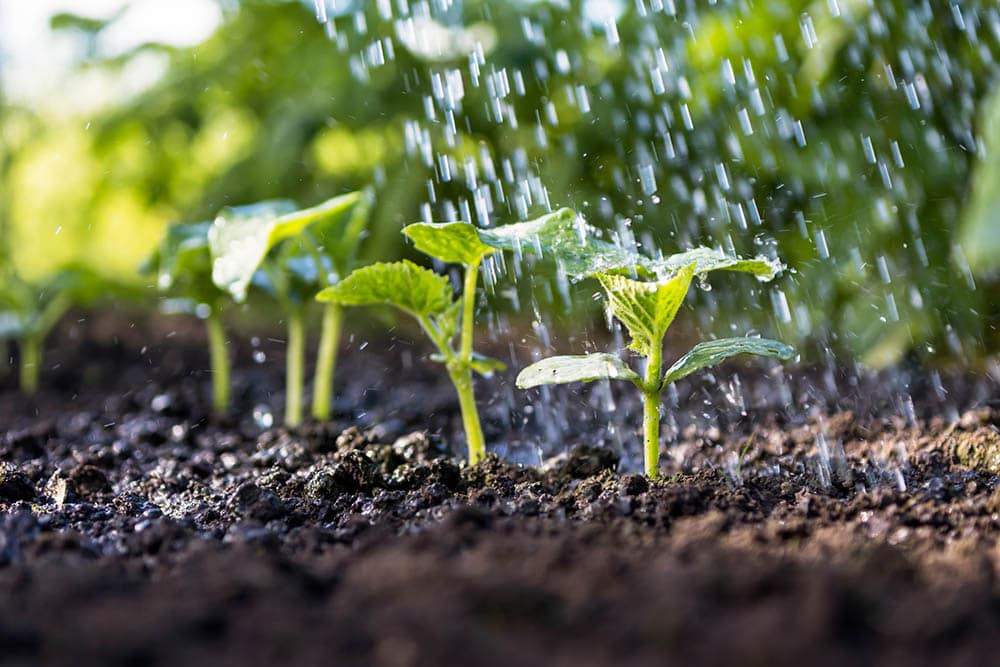
1. Lots of Sun and No Shade
The first thing to remember before planting cucumbers is that they rely on the sun. As long as you provide 5–8 hours of direct exposure to sunlight during the day and minimum shade, they will grow rapidly. This is a subtropical crop and the “starting” temperature for it is 65+ degrees F. Cucumbers do not tolerate frost in any way. That means you need to harvest the fruit before the temperature drops below 60º.
Well, since it usually takes less than two months to harvest (50–70 days on average), this shouldn’t be a problem. As for the ideal climate, this vining plant flourishes when the temps are in the 75–85º range. If you live somewhere in Georgia, Florida, or Texas, do consider growing cucumbers in your garden. To raise the temperature of the soil (by up to 8–10 degrees), put black plastic all over it with holes for the seeds to grow.
2. Which Cucumber Species to Plant?
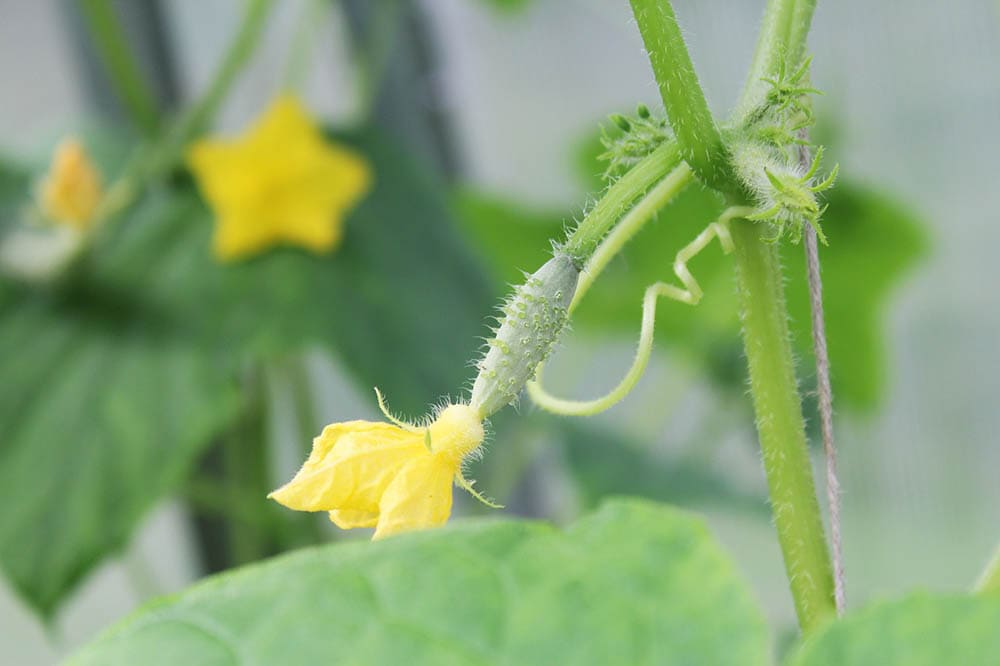
- Marketmore (76 and 80)
- Sweet Slice
- Sweet Success
- Straight-Eight
- Diva
- Boston Pickling
- Bush Crop
- Salad Bush Hybrid
- Burpless Bush Hybrid
- Fanfare
If you have limited space in the garden for cucumbers and want to maximize the “output”, go with a Gynoecious plant like Calypso or General Lee. Specifically bred to only grow female flowers, these species are a lot more productive than the average cucumber vines or bushes.
3. The Distance Between the Seeds Matters
Cucumbers love their fair share of freedom. So, make sure every single seed is 3–6 feet (30–60 inches) apart from its “sibling”. And if you’re growing them on a trellis (more on that further down this guide), plant 4–5 seeds per foot. Do this in rows and keep them 30–35 inches apart. If you’re not limited in space, you can make the gaps a bit bigger, but not by much. Oh, and put the cucumber seeds at least 1 inch deep into the soil.
4. Growing Cucumbers on a Trellis

These vegetables grow best when they’ve got enough “room for maneuvers”. So, take some time to train them onto a trellis and you’ll get to enjoy a rich harvest. On top of that, the vines and the crops will be more resistant to pests and various diseases. It can even be a tall enough fence or a cage—cucumbers will climb anything! The vines are relatively short, by the way (6–8 feet), which makes it easier to keep everything nice and tidy.
Cucumbers do not need much help growing vertically. But, if the plants have been growing for 2–3 months and there’s plenty of fruit to pick, you might want to tie the vines to the wire mesh or even the stakes. Containers will also work, of course, but then the cucumbers won’t get quite as much exposure to the sun or air circulation.
5. The Soil: Finding the Perfect Mix
With cucumbers, you need to know in advance what you want before picking the soil. For example, if it’s light and sandy, that will have a positive effect on harvest times. In contrast, clay and moderately moist soil mean more produce. In any case, the soil needs to be well-drained and loose and with enough organic matter to speed up the growing process.
Don’t overdo it with the fertilizer! A liquid 5–10–10 mix works best for cucumbers. Add it a week after you see the first signs of blooming and then every 2–3 weeks. For the best results, we highly recommend doing some soil testing. This will allow you to find the perfect mix of nitrogen, phosphorus, and other elements.
Oh, and do keep in mind that the higher the pH in the soil, the less vulnerable the cucumbers in your garden will be to fungal disease. Aim for 6.0–6.5 (slightly acidic) for the best results. Before planting the seeds, add 1–2 inches of compost to “sweeten the deal” and help with the growth.
6. Mulch/Compost: Should You Use It?

Why should you consider using mulch to grow cucumbers? We’ve got three very good reasons for that! First, compost is known to preserve the natural soil moisture. Second, it does a great job of preventing crop/fruit rotting. And third, the right kind of mulch can serve as a weed control tool, which is also very important. Newspapers have proven to be quite efficient.
Place them evenly around the plants and cover them with wood chips or whatever compost/organic mulch you’ve got. Landscape fabric will also work, just like black plastic. Again, the goal here is to keep the soil warm, conserve the moisture and prevent weeds from growing and taking over the pots or the trellis.
7. Don’t Forget to Water the Crops!
An inch of water per week is the golden standard for cucumbers. But when it is really hot outside and the plants aren’t getting any rain, you can switch to 2 inches per week. Do you live in an area with a subtropical climate? Then consider watering the vines 1–3 times a week. Pay extra attention to this, as inconsistent watering leads to weirdly-shaped and not-so-tasty cucumbers.
Ideally, you should water the plants early in the morning while the soil is still slightly moist, and the sun is not scorching the earth. Do your best not to wet the leaves, as that will attract pests and diseases. A drip irrigation system will help with that (or it can be a soaker hose).
8. Keeping Pests and Diseases at Bay
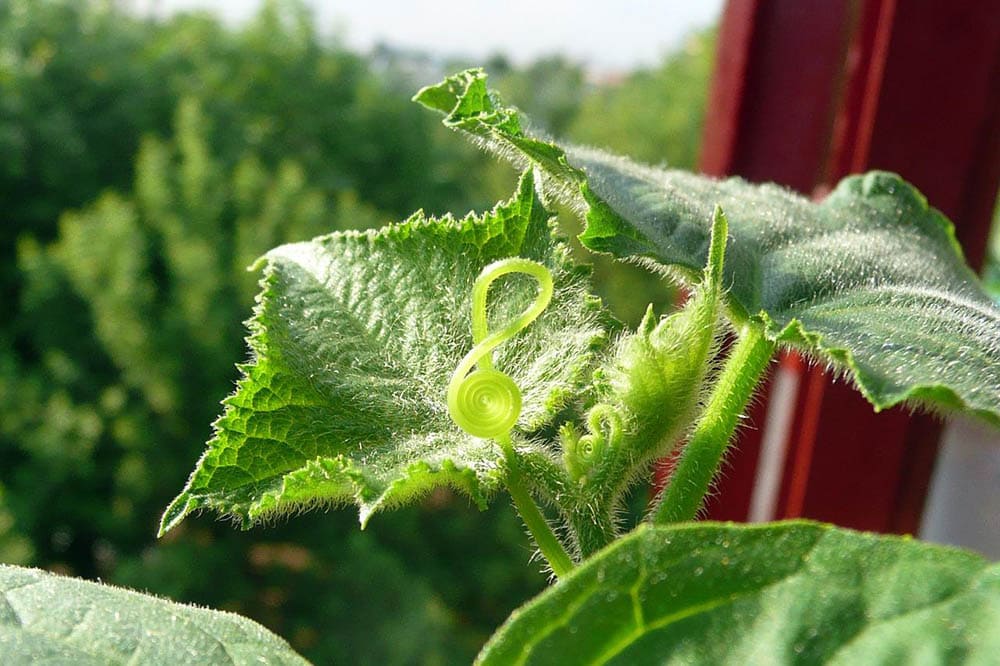
If you stick with the cultivars that we listed earlier, it will be much easier to fight off diseases, as they’re naturally resistant to infection. Plus, mulch (especially straw mulch) is known to dramatically reduce the population of slugs and beetles around cucumber plants. And if you grow the vines on a trellis, they will be even more secure against pests. But what about pesticides, though?
We would recommend using natural, non-toxic products like pyrethrin, neem oil extract, and insecticidal soap. In most cases, the combination of mulch, a trellis/cage, and pesticides does the trick. If not, you can apply a more radical approach and use stuff like bifenthrin, malathion, and cyhalothrin.
It’s Harvest Time!
As mentioned, cucumbers are fast growers and don’t need half a year to produce fruit. Depending on the variety, the local climate, and how well you take care of the plants, cucumbers will be ready to harvest in 50 days (70 days tops). Don’t want to wait for that long? Then you can either invest in nursery seedlings or grow the cucumbers indoors 4–5 weeks before moving them outdoors.
A quick note: cucumbers are delicious when immature. So, keep your eyes on the color: it should be bright green. Fruit with a yellowish tone doesn’t taste that great. As for the size, 5–8 inches is the perfect length for most varieties, while the burpless cucumbers reach 10 inches in length. And how do you harvest them?
Cut the stem 1/4 inches above the cucumber. Be very careful not to damage the vines while you’re busy cutting the stem. To play it safe, try twisting the veggies from the plants instead.
Are Cucumbers Fruit of Vegetables?
You’ll be surprised, but cucumbers are officially classified as a fruit. The reason: they grow from a flower and have enclosed seeds. Plus, cucumbers belong to the same family as pumpkins and watermelons. However, most of us are used to calling them vegetables. That’s exactly how cucumbers are used in most culinary books and recipes, anyway. This widely-cultivated plant is native to South Asia, by the way (India, to be exact).
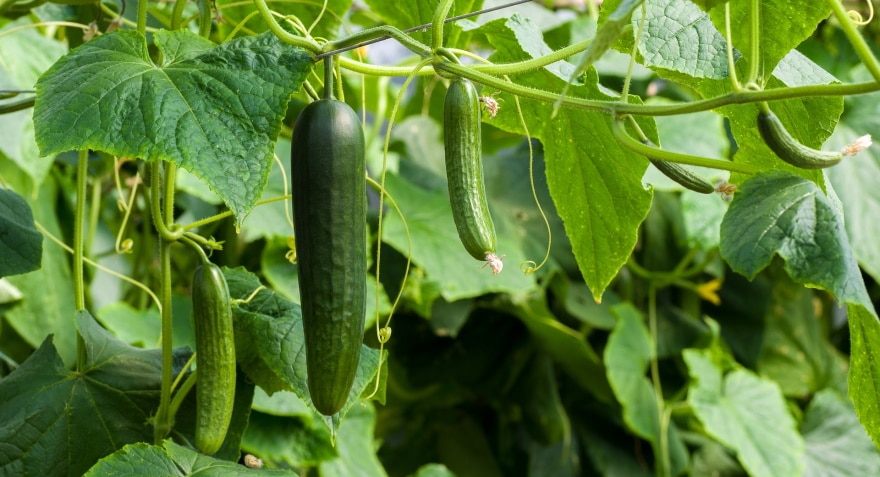
Health Benefits
Cucumbers mostly consist of carbs (83%); the rest is proteins (11%) and fats (6$). Low in saturated fat, sodium, and cholesterol, this vegetable is rich in vitamins C, K, and A. It’s a good source of magnesium, too, along with phosphorus. All these vitamins and chemical elements help avoid a wide range of diseases, including blood clots and various heart diseases. Plus, they strengthen the immune system.
There are only 15 calories in 100 grams (8 calories in a serving, 30 calories in a medium-size fruit). More good news: cucumbers are 95% water. That makes them a great remedy for dehydration, especially during a hot summer day. On top of that, the high percentage of fibers in these vegetables is good for digestion.
Safe for Pets, or Not?
There’s absolutely nothing to worry about if your dog or cat is eating a cucumber, as it is non-toxic and 100% safe for your four-legged friend. In fact, cucumbers can be a perfect pick for a snack. For example, lots of dogs love the taste and the crunchy nature of this vegetable. Low in sodium and fat, this is a healthy treat that can make up to 10% of a domestic animal’s diet. Are you on a weight-losing journey with your pet?
Then cucumbers should definitely make the list. However, we do have to warn you that if cucumbers are a new food for the pup, their stomach might get upset. Don’t worry: that won’t lead to any serious health issues. The best way to avoid this is to remove the seeds and the skin. Next, make the slices as small as possible to avoid choking. And don’t feed the dog/cat pickles (at least more than one), as they can be quite harmful!
Conclusion
Are you looking for an easy-to-grow, tasty, and nutritious vegetable for your garden? Then cucumbers will be a great pick. You can’t just put the seeds in poor soil and expect them to prosper, of course. There are certain rules to follow, and we covered every single step in this guide. Plenty of sunlight, well-drained, rich soil, and above-average temps are a great place to start.
And if you add a healthy amount of fertilizer and remember to water the plants regularly, you’ll be able to enjoy the delicious flavor in less than 2 months! Cucumbers are very low in calories, healthy, and can even be fed to dogs and pets, which is even more reason to cultivate them!
- See also: How and When to Grow Pumpkins
- ASPCA – Cucumber
- WebMD – Cucumber
- Cucumber nutrition facts and calories
- Can Dogs Eat Cucumbers?
- Are Cucumbers Cool for Dogs?
- Purina – Can Cats Eat Cucumber
- Growing Cucumbers in the Home Garden
- Recommended Time to Grow Cucumbers
- Why and How to Take a Soil-Test Sample
- New Work Encyclopedia – Cucumber
- CUCUMBER, SQUASH, MELON & OTHER CUCURBIT INSECT PESTS
- Bonnie Plants – GROWING CUCUMBERS
- Almanac – Cucumbers
Featured Image Credit: stevepb, PIxabay
Contents


